Apollo-era moonquakes reveal that the moon may be tectonically active0
- From Around the Web, Space
- May 13, 2019
Scientists linked the seismic recordings with a NASA orbiter’s data on surface faults
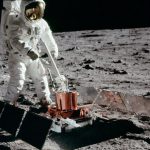
Scientists linked the seismic recordings with a NASA orbiter’s data on surface faults
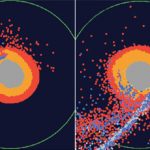
For more than a century, scientists have squabbled over how Earth’s moon formed. But researchers at Yale and in Japan say they may have the answer.
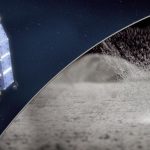
Researchers from NASA and the Johns Hopkins University Applied Physics Laboratory in Laurel, Maryland, report that streams of meteoroids striking the Moon infuse the thin lunar atmosphere with a short-lived water vapor.
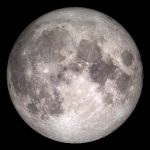
Little is known about the inner structure of the Moon, but a major step forward was made by a University of Rhode Island scientist who conducted experiments that enabled her to determine the temperature at the boundary of the Moon’s core and mantle.
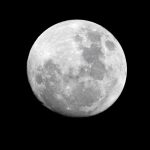
We’ll need more money, more time, or both.
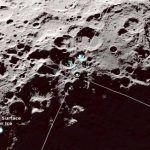
Using data from the LAMP (Lyman Alpha Mapping Project) instrument aboard NASA’s Lunar Reconnaissance Orbiter, planetary researchers have observed water molecules moving around the dayside of the Moon.
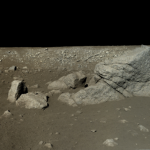
China has released hundreds of images of the moon, taken by its Chang’e 3 lander and its companion rover, Yutu. It’s been 50 years since the first lunar photos were taken by astronauts on NASA’s Apollo 11 mission. China is the third nation to land on the Moon, with the USA and the USSR preceding them.
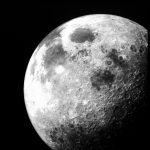
Earth’s moon taunts. A growing chorus of experts views this “eighth continent” as a nearby world of natural resources sitting there at the edge of Earth’s gravity well, ready for the picking.

According to folklore, last night’s full Moon was the “Snow Moon.”
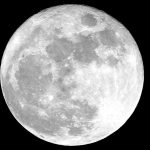
Planets orbit stars and moons orbit planets, so it was natural to ask if smaller moons could orbit larger ones